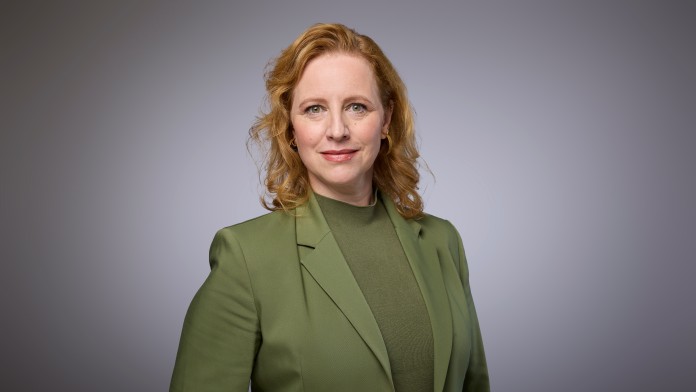Press Release from 2020-01-13 / Group, KfW Research
KfW Credit Market Outlook: Business lending growth has slowed
- Third quarter saw a credit market expansion of just 4.6%
- Weak economic growth, industrial recession and political uncertainties continue to drive the decline
- Growth expected to slow further into the new year
According to KfW Research, new lending by banks and savings banks to businesses and self-employed persons in Germany (without residential construction and finance institutions) lost momentum in the summer months. The current KfW Credit Market Outlook shows that new lending growth dropped to 4.6% in the third quarter of 2019, a much lower rate than the previous quarter’s vigorous 7.0%. Thus, after a brief interruption, the downward trend in new lending that began at the end of 2018 has continued as expected. In this final quarter of 2019, new lending growth should reach a low 2.8% and drop further to around 2.5% in the first quarter of 2020.
It was foreseeable that the higher growth in new business lending seen in the spring would not be sustainable. In the second quarter, short-term loans provided a particularly strong boost. That trend has now reversed. Such volatility is characteristic of phases of cyclical weakness, as businesses have to fund more liquidity bottlenecks or a previously unanticipated buildup of stockpiles before they adjust production. Moreover, side effects of the Brexit poker are likely to have helped companies clear inventories in the third quarter.
Longer-term loan commitments are developing positively, but the momentum is weakening steadily. The reason is that businesses have again spent more on investment than in the same period last year. The ECB’s expansionary monetary policy has probably made a significant contribution to the stability of investment activity, which is remarkable given the economic weakness, and the resulting funding requirements. However, the monetary policy instruments are now largely exhausted. This increases the likelihood that factors which weigh on investment activity and credit demand will gain the upper hand. Industrial capacity utilisation has been declining for nearly two years already. That has reduced borrowing requirements for new plant and equipment.
Financing conditions for businesses still remain exceptionally good. Nevertheless, the long-standing period of looser lending criteria is likely to be over. Besides, according to the recent Bank Lending Survey, a clear majority of banks have reported a rising loan denial rate since 2015. Moreover, the net balance of credit institutions that have raised interest premiums on riskier loans has reached the highest level in more than six years.
“Despite low interest rates, the weak economic momentum, the industrial recession and multiple political uncertainties have dampened the appetite for new loans – among both banks and businesses”, commented Dr Fritzi Köhler-Geib, Chief Economist of KfW. “The forces on both sides of the credit market are currently pulling in the same direction and dragging down growth momentum. Nonetheless, thanks to the healthy balance sheets of German enterprises, banks should continue to be ready to bridge liquidity bottlenecks that may occur in the event of unexpected developments. Sharp increases in short-term lending thus remain within the realm of possibility. But in order for a trend reversal in the credit market to be sustainable, economic growth will have to pick up noticeably and the political disruptions that are making it hard for businesses to plan will have to at least decrease. That is unlikely to occur before the middle of next year”, added Köhler-Geib.
Note:
KfW Research calculates the quarterly KfW Credit Market Outlook exclusively for the German business newspaper Handelsblatt. The current edition is available at:
www.kfw.de/KfW-Group/Service/Download-Center/Research-(EN)/KfW-Credit-Market-Outlook-(EN)


Share page
To share the content of this page with your network, click on one of the icons below.
Note on data protection: When you share content, your personal data is transferred to the selected network.
Data protection
Alternatively, you can also copy the short link: kfw.de/s/enkBbm2w.CI-A
Copy link Link copied